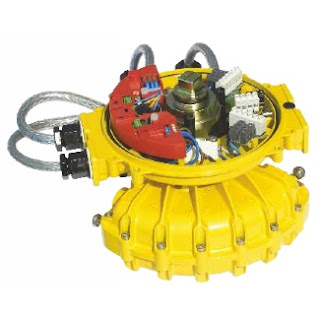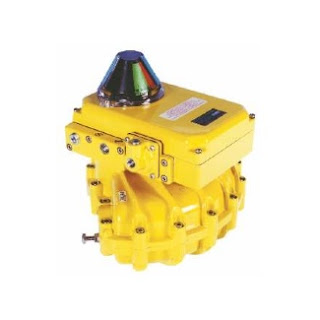This video describes how to install the optional angle retransmit circuit (4-20 mA feedback mechanism) on the Kinetrol AP pneumatic positioner.
The angle retransmit circuit is an externally powered (8–30v DC) linear 4-20mA feedback module, rangeable down to 30 deg. for full 4-20mA span. The module's retransmit pot is a high quality conductive plastic servo–type with ball bearings, coupled with a zero-backlash feedback pot drive. The combination provides long life and high precision.
The Kinetrol AP positioner moves an actuator to a position set by a 3-15 psi control signal and holds it there. It is designed to drive a rotary or linear actuator to a position set by a 3-15 psi (0.2 to 1.0 bar) signal and hold it there until the signal changes.
For more information, contact Kinetrol USA by calling 972-447-9443 or visiting https://kinetrolusa.com.





